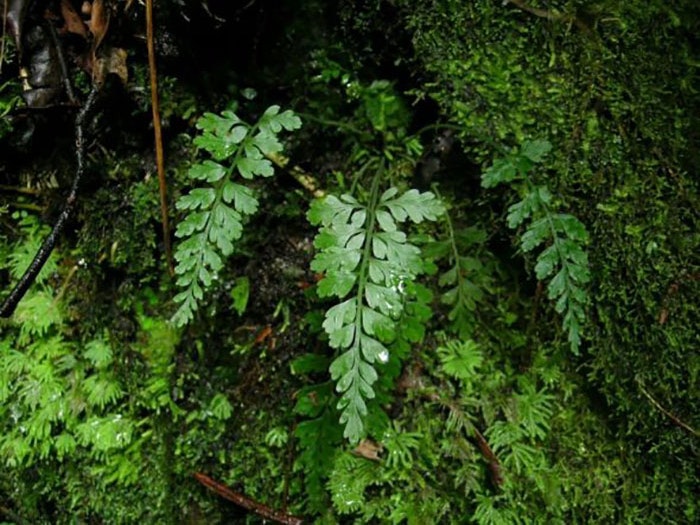
2015 past exhibitions
Information about Te Papa’s past exhibitions that opened in 2015. Including, DreamWorks Animation: The Exhibition, Contraception: Uncovering the collection of Dame Margaret Sparrow and The Canterbury earthquakes.
Free museum entry for New Zealanders and people living in New Zealand
Open every day 10am-6pm
(except Christmas Day)
Free museum entry for New Zealanders and people living in New Zealand
Uncover the fascinating stories behind scientific names – and help us name one of our latest discoveries.
22 Dec 2015 – 2 Apr 2017
Level 3
Free entry
All ages
Hector’s dolphin
Meet some of the passionate scientists who’ve discovered more than 2,500 species since the museum’s humble beginnings in 1865. Learn how they’ve named their discoveries, and explore their legacy today.
Encounter a life-size model of Hector’s dolphin (Cephalorhynchus hectori), the most famous namesake of James Hector, the museum’s pioneering director.
Keep an eye out for the Taniwhasaurus oweni – an ancient sea beast named after the mythical Māori taniwha.
Find the plant that’s earned the name Aciphylla horrida, meaning ‘horrid needle-grass’.
Celebrate 150 years of science at Te Papa by helping us name a new species. You just might go down in history.
Suggest a name for this Acanthoclinus rockfish. We’ll seriously consider your idea.
This rockfish will be described as a new species by Te Papa scientist Andrew Stewart.
PLEASE NOTE: Submissions are now closed.
The new species of rockfish (specimen), 67 millimetres long. Te Papa (P.046264)
When choosing your species name, keep in mind that this rockfish:
is an orange-red colour with iridescent blue and white lines along its body
is found only around the New Zealand coast – from North Cape to Stewart Island
lives on rocky reefs at depths of up to 200 metres – deeper than any other species in its genus
was previously misidentified as the splendid rockfish – a close relative
was discovered to be a new species in 1998 when it was collected with a splendid rockfish in Milford Sound
has the genus name Acanthoclinus, which comes from the ancient Greek words meaning ‘sloping bed of thorns’, and refers to the spines along its back.
Scientific names are treated as Latin, and often include Latin endings.
If you’re naming this species after:
a male, add –i (johni)
a female, add –ae (sarahae)
a place, add –ensis or –icum or –ense (hobbitonensis)
a habitat, add –icola or –icolum (jungleicola)
its description, add –a or –um (scaleyum).
The new species of rockfish (specimen), 67 millimetres long. Te Papa (P.046264)
You can make a submission in the exhibition or by email.
Please include why you chose the name.
By submitting a suggestion, you agree to our terms and conditions.
By submitting, you agree that your entry can be used and shared by Te Papa.
Uses could include media reporting, promotion, and research associated with the project.
You understand that by submitting a name, you waive all rights to the suggested name.
Use of the name or entry submission is at Te Papa’s discretion.
By participating, you grant Te Papa permission to use your personal names, characters, photographs, videos, voices, and likenesses in connection with the project and for future promotion and marketing purposes, and waive any claims to royalty, right, or remuneration for such use.

Information about Te Papa’s past exhibitions that opened in 2015. Including, DreamWorks Animation: The Exhibition, Contraception: Uncovering the collection of Dame Margaret Sparrow and The Canterbury earthquakes.


We've resurfaced colour footage not seen since the 1940s. One of New Zealand's greatest wildlife stories – the rediscovery of the 'extinct' takahē in 1948, found alive in Fiordland.